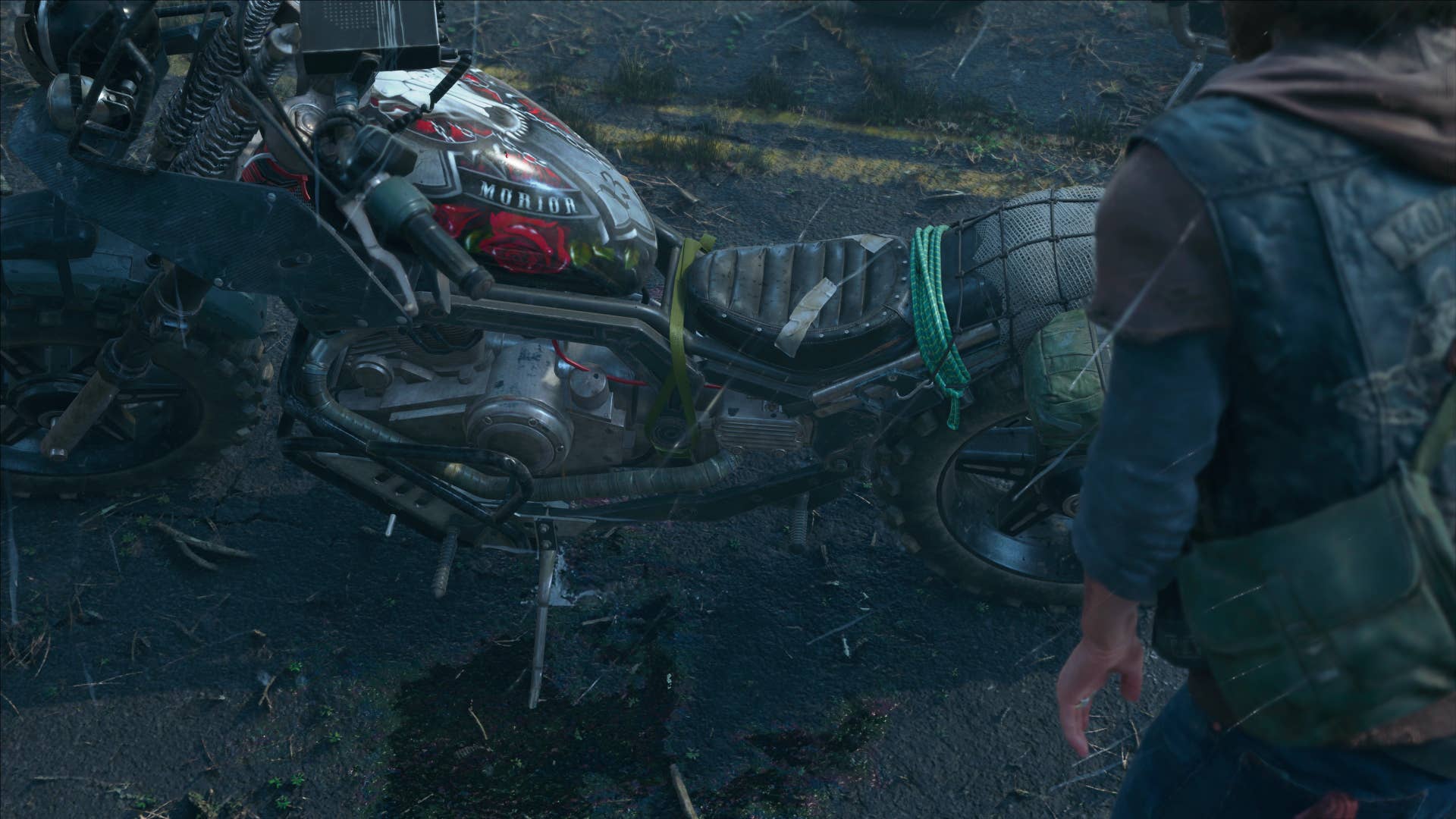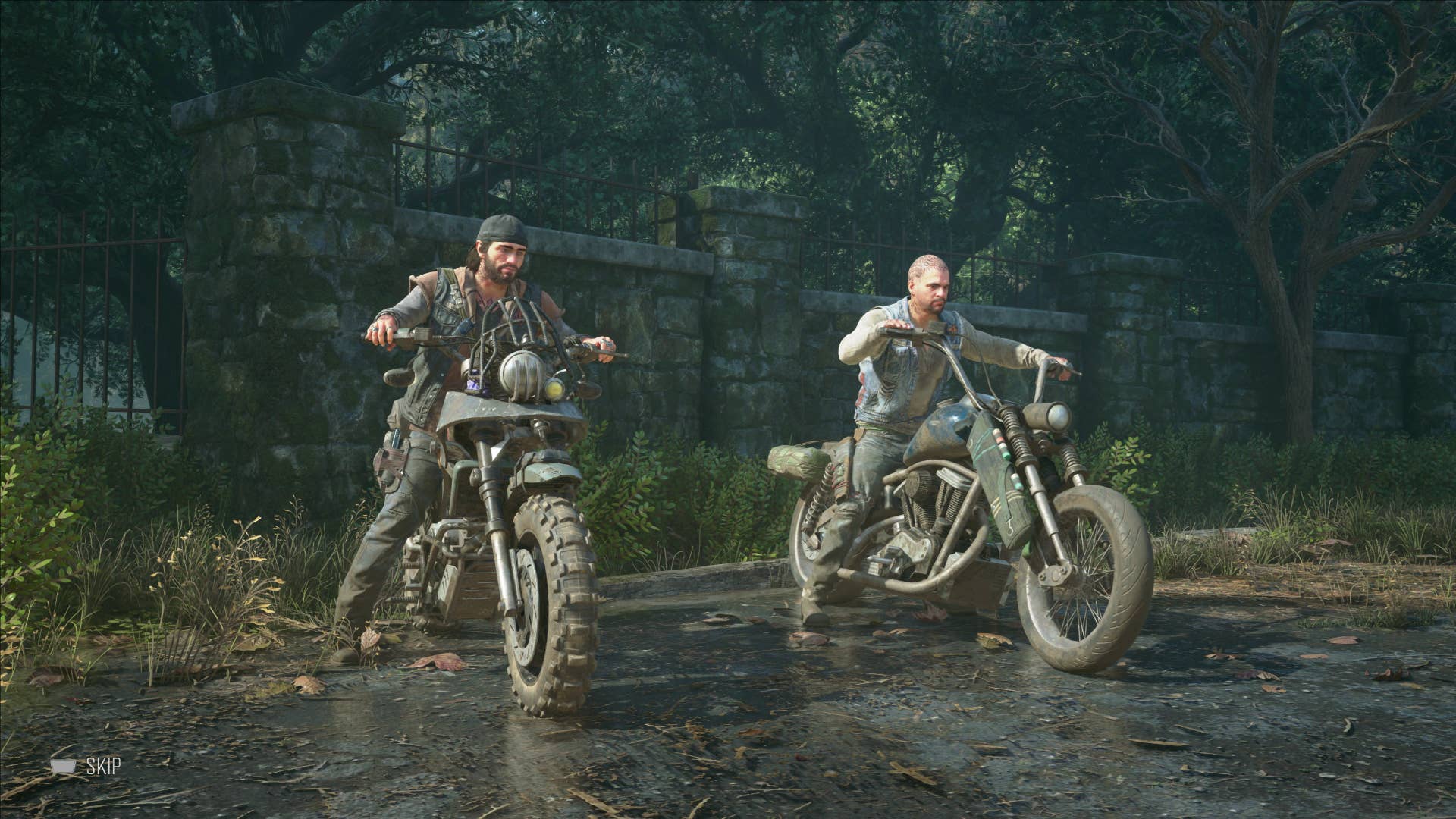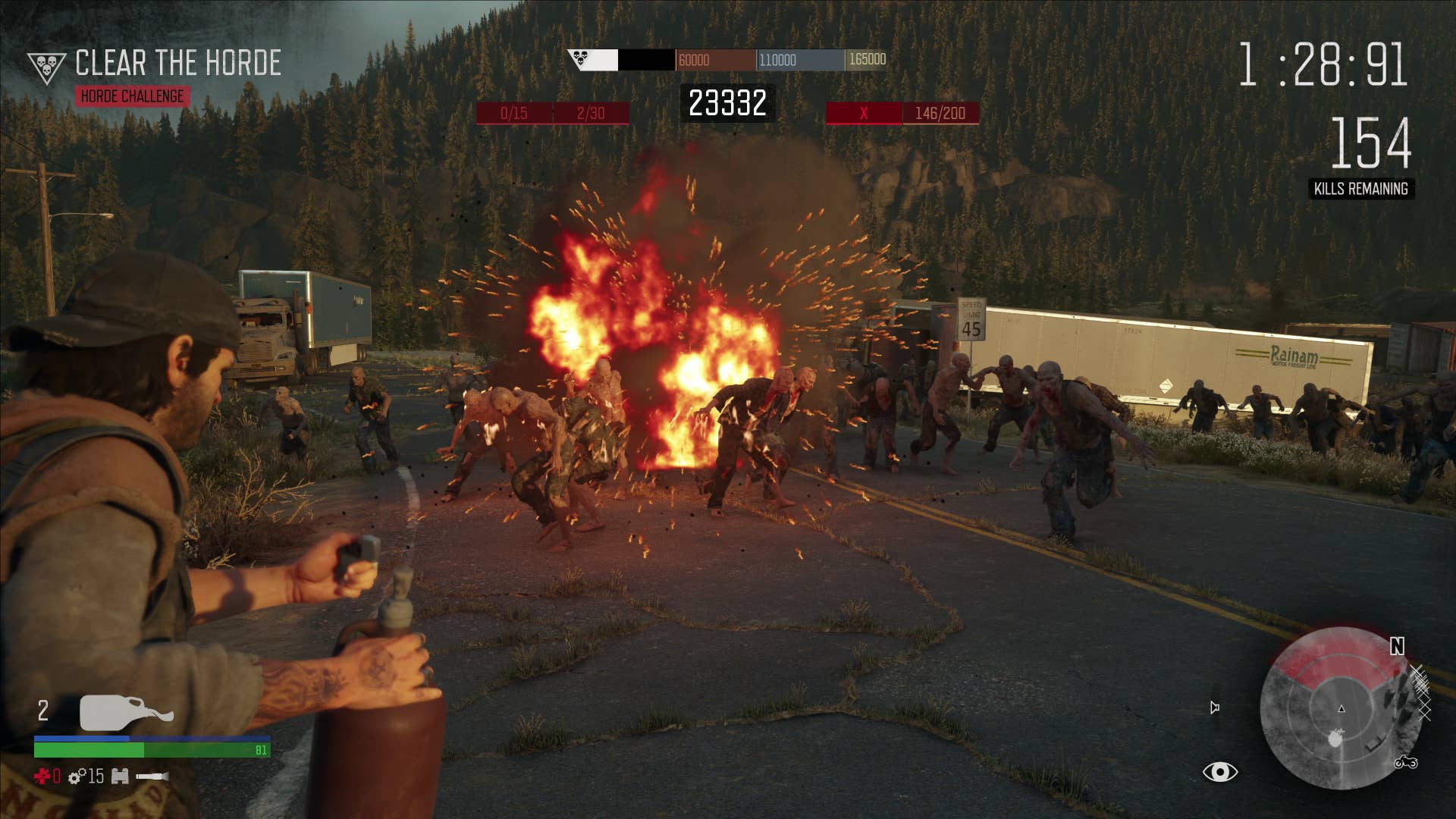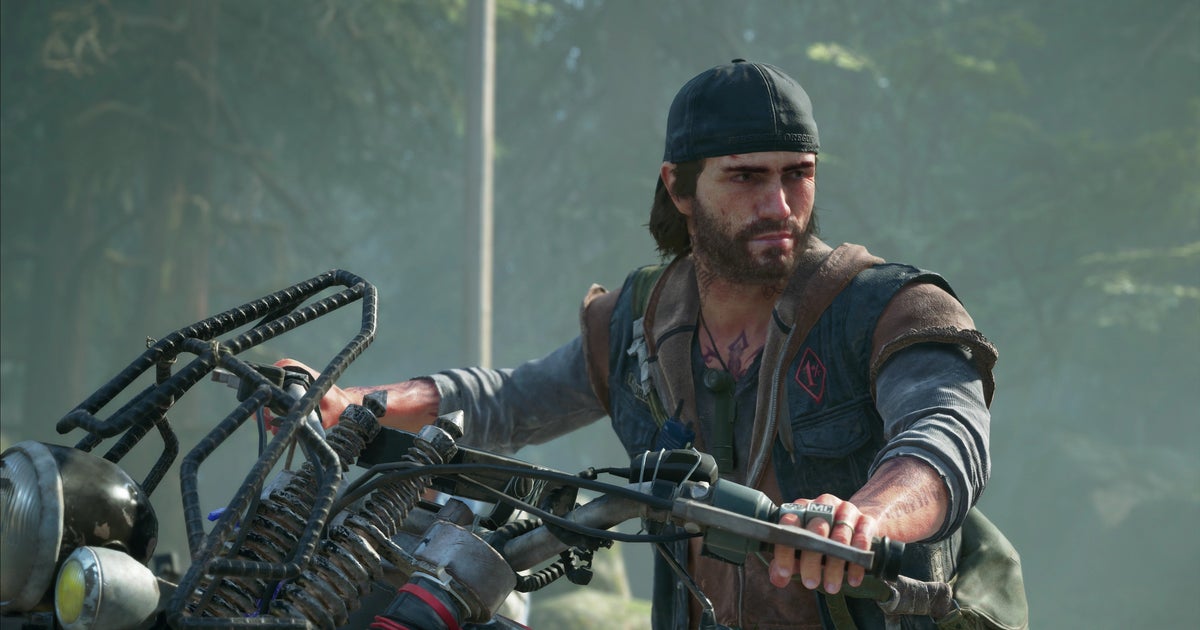It’s hard to imagine why, in the first instance, Sony ever greenlit Days Gone. With a sequel to The Last of Us already on its slate, the PlayStation machine pumped millions upon millions into a second zombie series featuring a protagonist in mourning. Another game about a world torn between the terror of life out in the wilds, and the servitude of existence in a camp.
Yes, Bend Studio had already established itself as a kind of Naughty-Dog-in-waiting by making Uncharted: Golden Abyss for the PS Vita. But it’s not exactly what you’d call business diversification, is it? The company already had a post-apocalyptic third-person adventure – one with soft stealth, crafting and a performance-captured story of loss curdling into fury – at home. And it had won every Game of the Year award going.
That seems to have been Sony’s belated conclusion in the aftermath, when Days Gone launched to middling reviews, and a pitch for a sequel was turned down. Yet in the long downhill stretch since, this game’s momentum has defied expectations. Despite starting out on a low tank of gas, it’s been propelled by a popular consensus that it deserved better. And now Sony has funded a Days Gone Remastered – the sort of treatment reserved for classics like The Elder Scrolls IV: Oblivion, or The Last of Us.
Could it be that Days Gone is a more distinctive game than it was given credit for, by critics and Sony executives half a decade ago? After a number of hours in its company, I’m starting to think so. This is a game built not around a man’s relationship with his dead wife, as it might appear, but with his bike. It is a triple-A take on esoteric vehicular management hits like Pacific Drive and Jalopy – demanding you maintain your hog with the help of your wrench and regular fuel stops. Sure, it’s a simplified version of such mechanics – you won’t be manually swapping out engines or worrying about your tyre tread. But Days Gone demands you take care of something other than yourself, which has the expected effect of grounding you more firmly in its world.

The nuances of bike management reveal themselves gradually. Over time, you begin to realise that a motorcycle is a perverse choice of companion in the post-apocalypse – creating as many problems as it solves. While your engine puts distance between you and the undead, its roar also pulls enemies in a wide radius, as if you were fishing with an air horn.
Thankfully, there are ways you can counter some of that. Ride in the rain and, while you’ll struggle for traction in the mudbath of the Pacific Northwest, you’ll also benefit from a certain amount of sound cover. And maybe you don’t need to be firing the engine at all? With practice, you can lean into the weight of the bike and roll an awful long way – paying attention to the topography of the forest roads ahead of you, and cutting corners if a steeper gradient offers you a natural boost to your speed. In this sense, Days Gone’s closest kin in the Sony stable isn’t The Last of Us at all, but rather Death Stranding. Both games have you looking closely at the terrain of an open world, in a new and calculating way.
There’s a gleeful risk-reward equation here, in that braking on a decline brings forward the next time you’ll need to pump the gas, but not braking increases the likelihood of faceplanting a tree – damaging your ride to the extent that you might need to venture into a zombie-populated garage on foot to search for mechanical scraps. There, things can escalate if you’re not careful; as in Days Gone’s movie inspirations, it’s complacency that kills you.
Riding by gravity only becomes more tempting, however, once you realise that it saves on gas. For a certain kind of player, Days Gone’s endgame is a self-set challenge – riding all the way down a mountain without touching the throttle, beating the equivalent fuel cost of fast travel in the process. The world might have ended, but it still pays to be thrifty. Particularly when, as camp merchants are fond of reminding you, nobody’s producing any more petrol.

Zombie fiction has long been a libertarian’s wet dream, and Days Gone is unapologetically American in embracing the genre’s themes head on. Bend Studio’s open world is set in its own backyard of Oregon, where survivors muse about the right to bear arms, federal interference and the wisdom of prepping. One of the story’s core concerns is property – the role of force in determining who owns what, and the uncomfortable parallels of the game’s events with the historical displacement of indigenous people. Days Gone buries much of that background in its collectibles menu – perhaps it shouldn’t – but it is stuffed with stories of bloody settlement and retaliation.
The conspiracy monologues of Radio Free Oregon are balanced by the mumbled comebacks of protagonist Deacon St John, whose worldview is convincingly informed by his own grief. It so happens that when Deek lost his wife, Sarah, the whole world stopped too – which must have felt only appropriate. It’s understandable, then, that he resents anybody committed to resurrecting law or civilisation. By his unconscious logic, such dreams are an insult to Sarah’s memory.
It’s true that Days Gone isn’t always so elegant in its storytelling. The fades to black that Bend Studio relies on when stitching together cutscenes felt dated even in the wake of GTA V, which released more than five years earlier. Certain moments of tenderness with Sarah, meanwhile, are clumsily assembled, as if the writers were wearing oven gloves. And at times, St John’s naturalistic narration comes off more like misconceived rambling. For whose benefit is he shouting over the sound of his bike’s engine, when so often he’s speaking to no-one but himself?

Of course, when cataloguing Days Gone’s flaws, it’s easy to consider the more cynical reasons for its return in Remastered form. While PlayStation’s triumphant PS4 era was packed with first-party adventures, the development time of the average triple-A game has only elongated since – leaving PS5 owners with much longer downtime between landmark releases. To make matters worse, a wrongheaded turn towards live-service has left Sony with a string of uncertain bets or, as in the case of Concord, downright misses. A Days Gone sequel must now seem a much more appetising prospect to executives than it once did, and remasters are a cost-efficient way of plugging the gaps that PlayStation owners are now starting to notice in Sony’s release schedule.
Still: Days Gone is better than its critical reputation. I’m very fond of the way it begins, in media res, with Deacon constantly catching glimpses of his past in his bike’s rear-view mirrors. The game caught some flak at launch for its relatively small open world, but today I think we’ve come to value a tighter canvas. Here, it lends truth to the idea that the map is littered with St John’s memories – that he can’t clear a zombie nest or travel a backroad without coming across a spot where he had a particularly good day, or a particularly bad one. When you’re riding down the mountain, making as little sound as possible, the purr of the engine is replaced by the roar of your own regrets.
